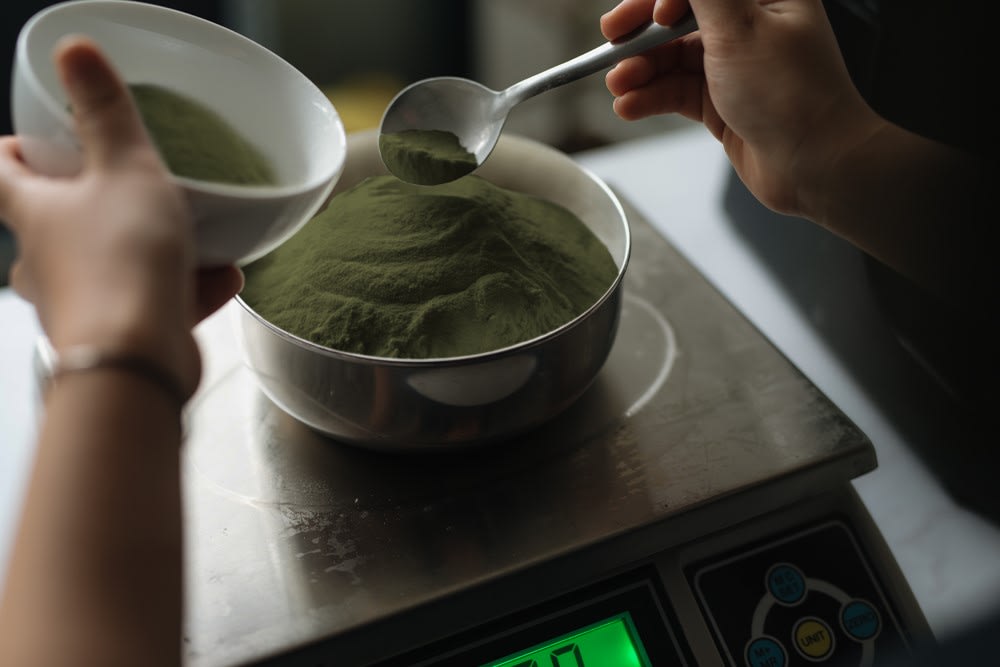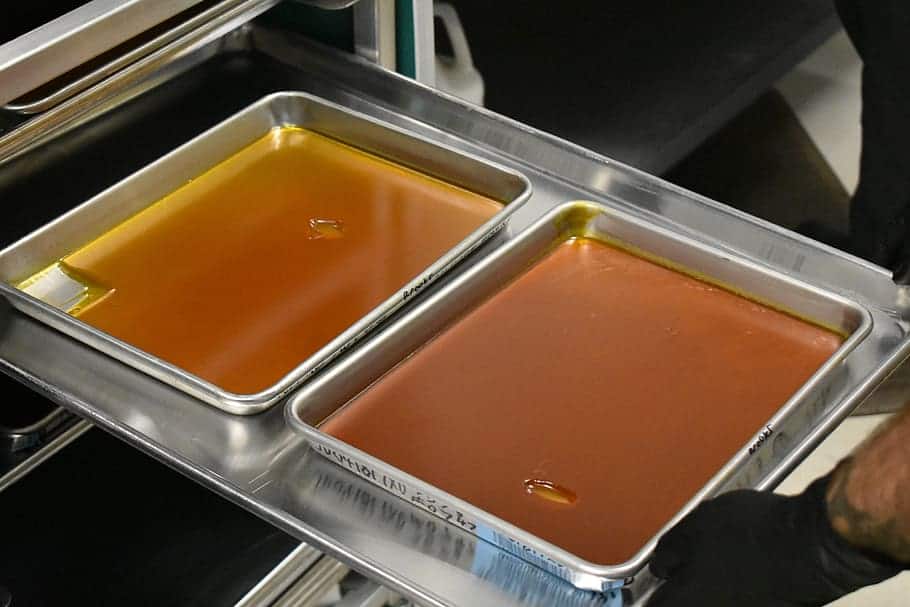What do you know about the different color types of Kratom strains? Did you know that beyond the more common red, white, and green strains there is also yellow vein Kratom? Unlike the others, however, the color name does not always reflect the appearance of the leaves.
Learning about Kratom colors and where each strain type originates from is a great way to be more knowledgeable as you shop around. Many Kratom users like to mix up the strains that they use from week to week but don’t know enough about different types to do so easily.
By learning more about yellow vein Kratom today, you will be ready to make more informed choices going forward. Let’s get into it!
The Origins Different Kratom Colors
Kratom users may be familiar with where Kratom itself comes from: deciduous trees that grow in some areas of Southeast Asia. The tree prefers warm climates where there is a lot of rainfall, and it can grow to incredible heights of 70 feet or more.
Though those trees are where Kratom leaves, powders, and products come from, that simple description doesn’t tell people where the base colors of Kratom come from. Most people that have experienced Kratom know about red, white, and green Kratom. Where do the colored strains come from?
The colors of kratom strains are largely determined by when the leaves are harvested and how they are dried. Leaves that see more sunlight as they dry get darker, while less mature leaves that dry in the dark remain lighter. The actual color of the leaves’ veins does contribute slightly to the final product, but much of the color is determined through drying.
The Kratom Harvesting Process
To understand why drying is such a big part of the process, we need to talk about the overall harvesting process.
Kratom leaves are picked at different times throughout their lifespan, and leaves grown in different areas have different amounts of alkaloids. Once picked, the leaves are then dried. Leaves can be dried in the sun or they can be dried in the shade. Some leaves are dried in combination areas.
The way that leaves are dried leads to different alkaloid content as the plant matter changes in the drying process. Already varied leaves begin to vary even more once they are dried in different ways, and this contributes to the large number of Kratom strain types on the market today.
Yellow Vein Kratom: It’s Unique Story
Yellow Kratom has a unique story in that many people disagree about where the color comes from. Why is some Kratom powder yellow if the leaves on the trees are not yellow and do not have yellow veins?
A few ideas have circulated over the years about where the color of yellow Kratom comes from:
- The leaves get yellow once they grow for longer, leading to yellow Kratom.
- A blend of multiple colored Kratom powders is fermented to make it yellow.
- The leaves are dried in a specific way to make the color yellow.
Which of these ideas do you think is the most accurate?

Generally speaking, most yellow vein Kratom is processed with the third idea in mind. Specific types of leaves are dried in specific ways to lead to the color yellow. Much like white, green, and red Kratom, the drying process is a big part of the final color.
However, different yellow Kratom strains may have a different story. The best way to find out how a specific yellow strain came to be is to check with the vendor about its creation. It might be a proprietary blend, but they will still have some information about its derivation.
There are some blends that come out to be yellow that are made from a mixture of other Kratom strains, and there are a few strains that have been dried in a way that is closer to fermentation. Yellow Kratom is very unique in that way. Every strain has a unique story of how it came to be!
Reported Yellow Vein Kratom Properties
Those that haven’t tried yellow Kratom strains before might want to know more about what to expect. Is it similar to a red vein Kratom, or is it more like a white vein Kratom?
Most yellow Kratom is a blend that leads to moderate properties, often similar to a green strain. The alkaloid content is different depending on the exact drying process, however, so it is not possible to say for sure what a yellow Kratom strain will be like for users.
Experienced Kratom users have reported that yellow Kratom is typically a soothing variety that is less stimulating than other color strains. Still, it’s important to remember that every strain is different. Always make sure to start with a limited amount to ensure that you are prepared for any potential effects until you get to know a new strain.
Our Top Yellow Vein Kratom Products
If you’re interested in checking out the top yellow vein Kratom products from Left Coast Kratom, look no further! We’ve gathered together a quick list of our favorite yellow Kratom items so that you can easily browse them today.
Our top offerings of Yellow Vein Kratom include:
- • Maeng Da Thai Yellow Vein Kratom Capsules
- • Maeng Da Thai Yellow Vein Kratom Powder
- • Thai Yellow Vein Kratom Powder
Each of these products is carefully selected, processed, tested, and packaged for your convenience. We are proud to offer a variety of high-quality Kratom products; these are just a few of the wonderful items that you can find in stock on our website today.
Use Your Discerning Eye
When you’re shopping around for a new type of Kratom that you haven’t experienced before, you might be too quick to make a purchase. You always want to be sure that you are shopping with reliable vendors when buying kratom.
Everything from the labeling to the testing of Kratom must be handled properly for your Kratom supply to be safe. Shopping from reliable vendors is a great way to ensure that you can take Kratom as safely as possible.
Click here to browse our selection of Yellow Vein Kratom products today!



